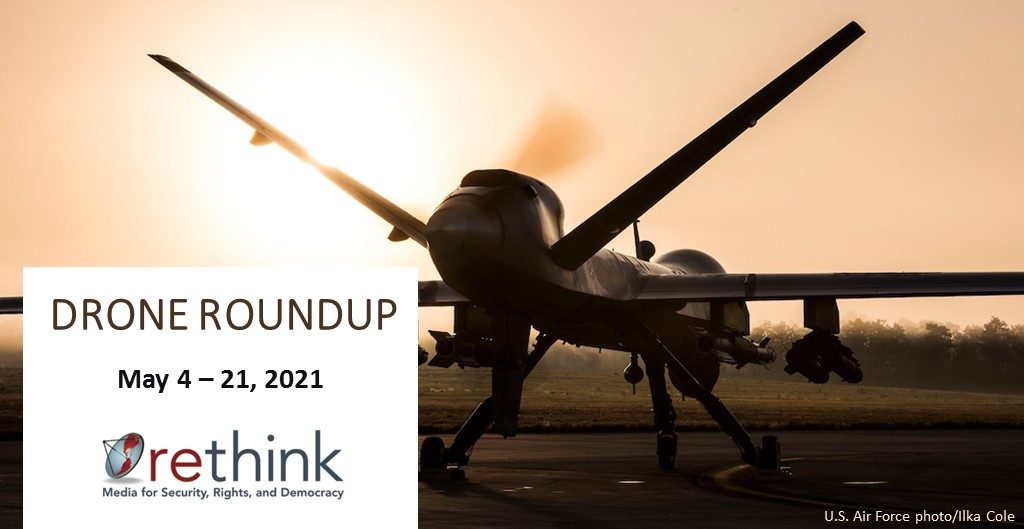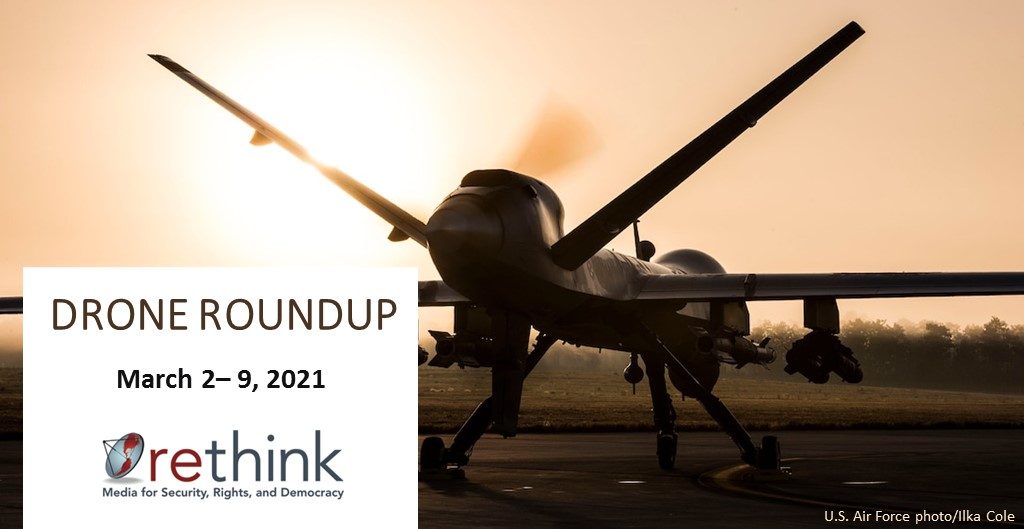Greece currently does not have armed drones. However, as of May 2018, Greece is hosting US unarmed MQ-9 Reaper drones at Larisa airbase. Since 2006, Greece has operated four French Sagem-made Sperwer-A drones, which are long-endurance drones with payloads of up to 50 kilos. In 2018, Greece’s Ministry of Defence announced it would lease seven Heron (MALE) UAVs from Israel for three years for 35.5 million Euros (44 million USD$). In 2020, it was announced however that Greece will lease two Heron I long endurance drones from Israel for three years. The drones will be used for border security. Greece could purchase the drones at the end of the leasing period.
Greece has clashed with neighbouring Turkey in the past over the use of Turkish drones in what is assumed to be Greek airspace. For example, in April 2018, a Turkish-made ANKA-B drone that had just entered service in the Turkish navy was testing its reconnaissance and surveillance flights over the Aegean sea, allegedly Greece’s national airspace. As it operated at an altitude of 6,600 meters off the Greek island of Rhodes, it was approached by Greek F-16s, which were said to fly alongside the drone for a while before handling over the intercept to two other F-16s. The Turkish air force responded to this interception by sending out fighters jets too, which reportedly led to dogfights between the Greek and Turkish aircraft.
Greece has produced drones in the past, but does not have a noteworthy domestic market. It took 3 years to develop the HCUAV RX-1 UAV, which was mainly developed by Greek universities, and was presented in September 2016. The drone is 4 meters long, takes off at a speed of 2.8 meters per second and can develop a speed of 190 km per hour. With a range of 150 km and a flight time of 11 hours, it can fly day and night and transmit real-time information from a height of 2 kilometres. The drone was said to be used in support of civil protection services and public safety, by monitoring land and sea borders, protecting vital infrastructure, supporting rescue investigations, supervising woodland to timely extinguish fires, sampling soil, water and air pollutants, monitoring roads and providing aerial photography of areas of interest.
Prevent Complicity
Greece has shown interest in drone development programmes in Europe. It is involved, together with France, Spain, Italy, Sweden and Switzerland, in the Dassault-led nEUROn programme. Furthermore, Greece will host US drones at the Larissa Air Force Base, where they are expected to start operating in May 2018. This is the result of nearly 5 years of diplomatic and military discussions during which several locations, such as the island of Crete, were suggested by the US. US MQ-9 Reaper drones will be stationed at Larissa, and the US is said to be interested in assisting the Greek military in conducting more effective operations in the Aegean and Mediterranean seas. The US Ambassador to Athens Geoffrey Pyatt has often cited the strategic significance the location of Greece and its ports of Alexandroupolis and Thessaloniki to the US. Greece has to make sure that it prevents complicity by hosting these operations.
Control proliferation
Greece has signed the Joint Declaration for the Export and Subsequent Use of Armed or Strike-Enabled Unmanned Aerial Vehicles on October 28th, 2016. Furthermore, as Greece is part of the EU, it has signed up to the EU Common Position on Arms exports, where common rules for governing control of exports of military technology and equipment have been defined. Lastly, Greece is a member of the Wassenaar Arrangement which was the first global multilateral arrangement on export controls for conventional weapons and sensitive dual-use goods and technologies, and of the Missile Technology Control Regime, which aims to restrict the proliferation of, amongst other things, unmanned aerial vehicles.





